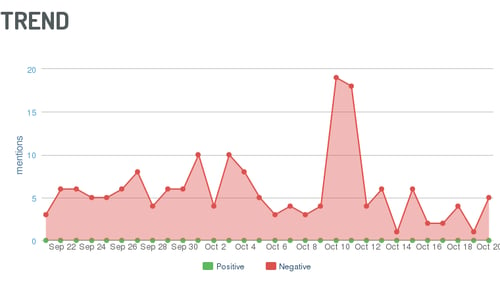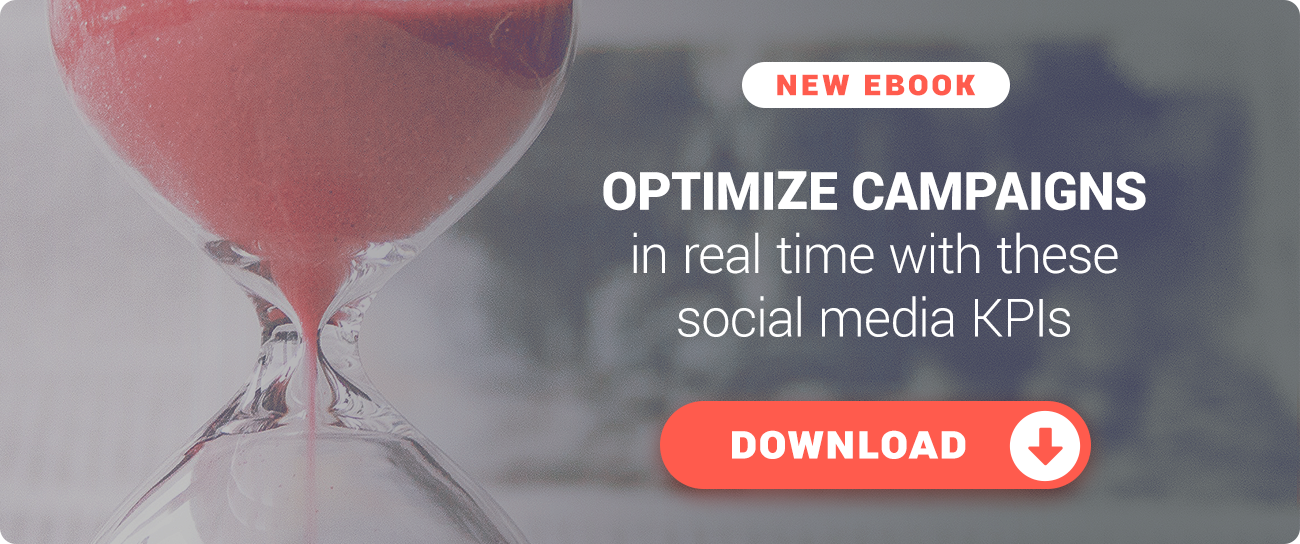Crisis Management: Aligning Digital and Offline Promotional Campaigns
Discussion about digital campaigns tends to erect barriers between online and offline marketing, however, the two dimensions can be highly complementary in improving customer experience. Business strategists must not only adapt to mainstream media trends, but should consider real-time solutions to crisis management, sales activities, customer care, and more. The following case study will explore the connections between crisis management, digital promotional campaigns, and real-time strategy adaptation. The study will follow a client-side agency’s use of Digimind Social’s real-time social intelligence tool to identify and avoid a potential threat linked to a promotional campaign which sought to combine online and digital communications.
The Business Challenge
The agency’s client, a children’s clothing brand wanted to complement a digital marketing campaign for a new collection of advertisements placed in the changing rooms of retail store locations. Beyond managing the online promotional campaign, a new business challenge presented itself:
Effectively evaluate the campaign’s ROI in terms of brand visibility, and compare the efficiency of the digital and offline campaigns individually.
 An analysis of share of voice by media platform, via Digimind Social.
An analysis of share of voice by media platform, via Digimind Social.
The Project
The listening and analysis project focused on the following:
- Tracking brand mentions on social media platforms on which the brand was not yet present, especially Twitter
- Isolating any negative feedback related to the new collection and its campaign, particularly on Facebook and Instagram
- Monitoring growth trends, declines, and peaks in conversation related to the campaign
- Tracking the effects of the offline advertising campaign across online conversations
The Solution
To gain more sophisticated data insights and to feed up their analysis, the agency used filters to create dashboards which combined data into a single interface for more easily compared metrics and KPIs. The dashboards organized the data:
- By media channel to get a more detailed view of social media interaction across both the brand’s social channels and non-owned media
- Thematically, with both macro and micro level topic segmentation
- Over time in order to compare the growth in average volume of mentions over time
These dashboards were additionally programmed to alert the agency in real-time when the volume of brand mentions reached abnormal peaks or when certain keywords with a negative sentiment were associated with the brand.
 A sample chart showing trends in negative mentions over time, via Digimind Social.
A sample chart showing trends in negative mentions over time, via Digimind Social.
The Results
This alert system enabled the agency to recognize a tweet which heavily criticized the brand’s new collection as it was becoming frequently shared - the advertising copy was interpreted by consumers as a glorification of an excessively thin figure. After being alerted to this perception, the agency quickly reworded their campaign messaging, removed the previously advertisements, and increased the diversity of clothing sizes within the collection. The agency’s timely actions represent an excellent use of social listening in crisis aversion.
The Best Practices
The agency’s success in this case study highlights best practices applicable to other industries and agencies.
Integrate Non-Owned Media into Data Collection
Performance analysis which is based entirely on analysis of proprietary media offers a limited view of public perception. Instead, brands should integrate data across all online and offline points of the customer journey.
Don’t Dichotomize Digital and Offline Customer Experience
As previously mentioned at the beginning of the article, brands should not consider online and offline customer experiences as separate entities. Consumers are increasingly demanding more highly integrated customer experiences. Within this case, we see how the offline advertising campaign heavily impacted the digital promotions of the new collection. An integrated social listening tool enables brands to align the choices of their online and offline promotional campaigns for a consistent customer experience.
.png?width=100&name=logo%20(1).png)



